Veena: An In-Depth Look at the Iconic Indian Musical Instrument
- Ancient history Asian history Lifestyle Medieval history
 Shweta Toppo
Shweta Toppo- January 30, 2023
- 1
- 1046
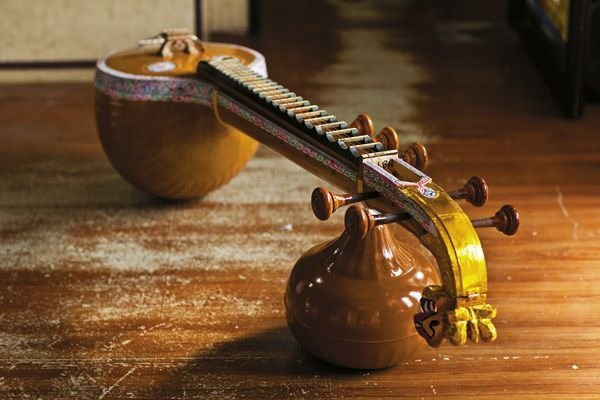
“Mastering the cords of Veena: An In-Depth Look at the Iconic Indian Musical Instrument”.
INTRODUCTION
The Veena is a traditional Indian musical instrument that has been an integral part of Indian classical music for centuries. It is a stringed instrument that is played with a slide, or “mizrab,” on the right hand and plucked with the fingers on the left hand. The Veena is known for its rich and soothing sound and has been played by some of the greatest musicians in Indian history. In this blog post, we will take an in-depth look at the history, construction, and playing techniques of the Veena, as well as its role in Indian culture and music. Whether you’re a musician looking to add a new instrument to your repertoire, or a music lover curious about the Veena, this post will provide you with a comprehensive understanding of this fascinating instrument.

ORIGIN OF THE VEENA
The Veena is a traditional Indian musical instrument that has been an integral part of Indian classical music for centuries. It is a stringed instrument that is played with a slide, or “mizrab,” on the right hand and plucked with the fingers on the left hand. The Veena is known for its rich and soothing sound and has been played by some of the greatest musicians in Indian history. In this blog post, we will take an in-depth look at the history, construction, and playing techniques of the Veena, as well as its role in Indian culture and music. Whether you’re a musician looking to add a new instrument to your repertoire, or a music lover curious about the Veena, this post will provide you with a comprehensive understanding of this fascinating instrument.
The Saraswati Veena is named after the Hindu goddess of learning and music, Saraswati. It has a long neck with 24 frets and typically has seven main strings and three drone strings. It is played with a slide, or mizrab, on the right hand, while the left hand plucks the strings. The instrument is known for its rich and melodious sound and is considered to be one of the most difficult instruments to play due to the precision and skill required to produce the desired sound.
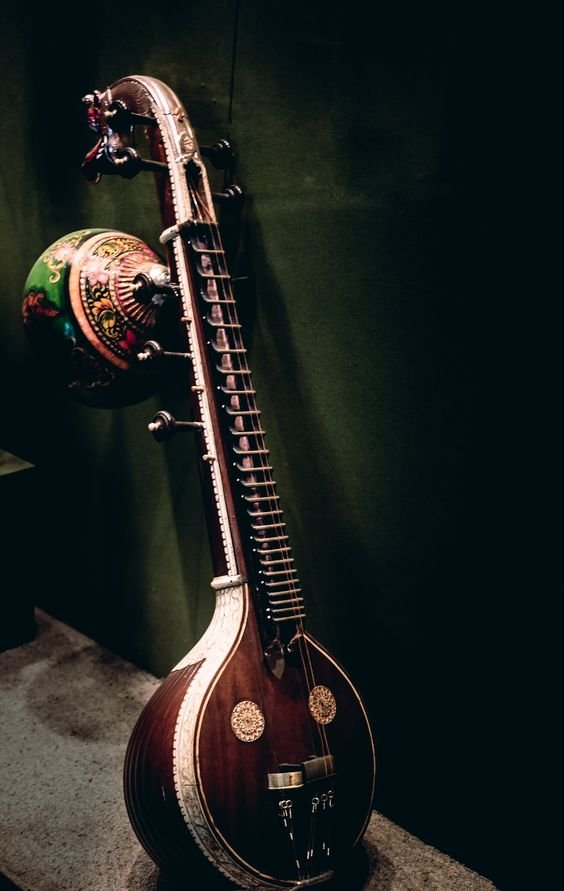
As the centuries went by, the Veena adapted to various forms such as the Been and the Yaktaro. These instruments are used in different styles of music like Dhrupad and Haveli Sangeet. Over the centuries, the Veena has been an important part of Indian classical music and continues to be played by musicians and music enthusiasts around the world.
HOW VEENA IS MADE
The Veena is traditionally made from a single piece of wood, typically from the jackfruit tree, which is known for its resonance and durability. The wood is carefully selected for its grain and density and is seasoned for several years before it is used to make a Veena.
The first step in making a Veena is to carve the basic shape of the instrument, which includes the body, neck, and head. The carver then carefully shapes the body and neck, paying close attention to the thickness and curvature of the wood to ensure that the instrument produces the desired sound. Once the basic shape is complete, the carver begins to add the finishing touches, such as the frets, pegs, and tuning strings.
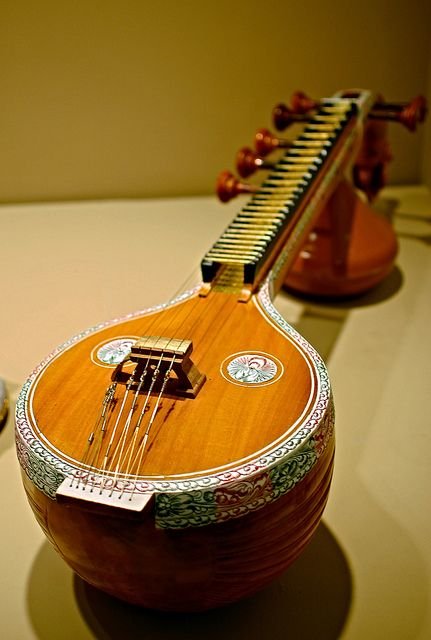
The next step is to add the strings, which are typically made of steel or gut. The main strings, which are played with the slide, are stretched over the frets and tuned to the appropriate pitch. The drone strings, which provide a constant accompaniment to the main strings, are stretched along the side of the neck and are tuned to specific notes.
Finally, the Veena is decorated with intricate carvings and inlaid with precious stones, such as pearls and rubies, to enhance its beauty. This process is called “Sitar Banai”.
The process of making a Veena is a highly skilled and labour-intensive process, which typically takes several weeks or even months to complete. Each Veena is unique and reflects the skill and artistry of the maker.
In modern days, Veenas are made from a variety of materials like teak wood, rosewood, and also synthetic materials like fibreglass. These materials are used to make Veenas that are more affordable and easier to maintain.
SEVERAL TYPES OF VEENA
There are several types of Veena that are played in different regions of India, each with its own distinct characteristics and playing techniques. Some of the most well-known types of Veena include:

- Rudra Veena or Gotuvadyam: This is the oldest form of Veena and is played in South India. It has a deep and resonant sound and is known for its intricate playing technique.

- Saraswati Veena: This is the most widely recognized form of Veena and is played in North India. It has a long neck with 24 frets and typically has seven main strings and three drone strings. It is known for its melodious and soothing sound.
- Been: A type of Veena that is used in the Dhrupad style of music. It has a deep and resonant soundand is known for its intricate playing technique.
- Yaktaro: This is a type of Veena that is used in the Haveli Sangeet style of music. It has a bright and lively soundand is known for its fast and intricate playing technique.

- Chitraveena: This is a type of Veena that is played in South India. It has a unique design, with the strings stretched over a curved bridge, and is known for its fast and intricate playing technique.
- Harp-veena: This is a type of Veena that is played in South India. It has a unique design, with the strings stretched over a curved bridge and it is known for its fast and intricate playing technique.
Each type of Veena has its own distinct characteristics and playing techniques and is used in different styles of music. Some Veena players specialize in one particular type of Veena, while others are proficient in playing multiple types.

FEATURES OF VEENA
The features of a Veena vary depending on the type of Veena being played. However, some of the common features of a Veena include:
- Long Neck: A Veena typically has a long neck with frets, which are used to produce different pitches. The number of frets can vary depending on the type of Veena, with some having as few as 12 frets, and others having as many as 24 frets.
- Main Strings: The main strings of a Veena are played with a slide, or mizrab, on the right hand. These strings are stretched over the frets and are tuned to the appropriate pitch. The number of main strings can vary depending on the type of Veena, with some having as few as 4 strings, and others having as many as 7 strings.
- Drone Strings: Drone strings are stretched along the side of the neck and are tuned to specific notes. These strings provide a constant accompaniment to the main strings and are played with the left hand.
- Body: The body of a Veena is typically made from a single piece of wood, and is designed to enhance the resonance of the instruments.
- Pegs: The Veena has tuning pegs that are used to tune the strings to the appropriate pitch. These pegs are typically made from wood or metal and are located at the top of the neck.
- Mizrab or Mezhar: A mizrab, also known as a mezhar, is a small plectrum worn on the index finger of the right hand used to pluck the strings.
- Decorative Inlays: Many Veenas are decorated with intricate carvings and inlaid with precious stones, such as pearls and rubies, to enhance their beauty.
- Synthetic materials: In modern days, Veenas are also made from synthetic materials like fiberglass and plastic, which are more affordable and easier to maintain than traditional wood veenas.
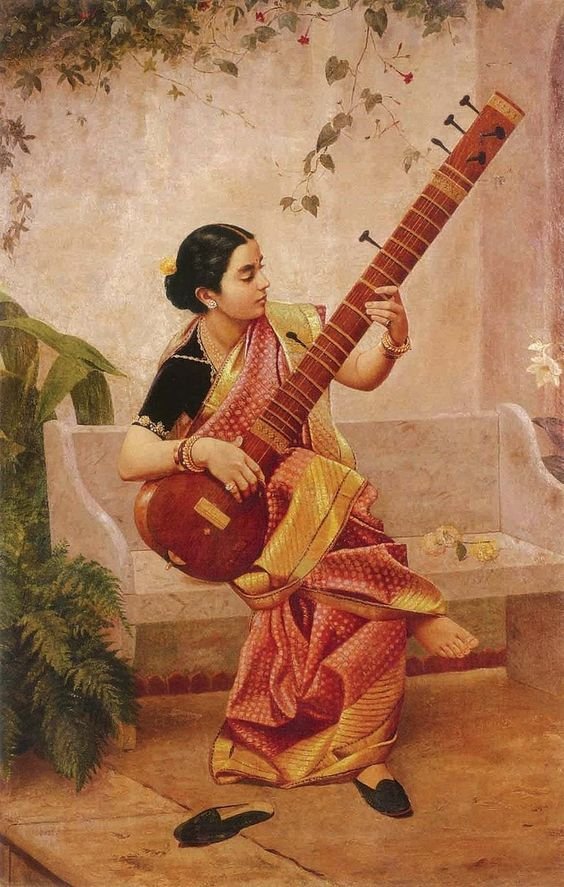
LIST OF FAMOUS MUSICIAN OF VEENA
There is many talented musicians who have gained fame and recognition for their skill and mastery of the Veena. Here is a list of a few famous Veena players from India:
- Emani Sankara Sastry: He was a renowned musician who was known for his exceptional skill in playing the Rudra Veena. He was also a teacher and was instrumental in popularizing the Rudra Veena in the 20th century.
- S. Balachander: He was a famous Veena player and teacher who was known for his exceptional skill in playing the Saraswati Veena. He was also a versatile musician who was proficient in playing several other instruments as well.
- T. R. Mahalingam: He was a famous musician and Veena player who was known for his exceptional skill in playing the Been Veena. He was also a versatile musician who was proficient in playing several other instruments as well.
 Dr. Jayanthi Kumaresh: She is a renowned Veena player who is known for her exceptional skill in playing the Saraswati Veena. She is also a teacher and is actively involved in promoting the Veena and Indian classical music.
Dr. Jayanthi Kumaresh: She is a renowned Veena player who is known for her exceptional skill in playing the Saraswati Veena. She is also a teacher and is actively involved in promoting the Veena and Indian classical music. - Dr. M. Balamuralikrishna: He was a renowned Veena player, singer, and composer, who was known for his exceptional skill in playing the Saraswati Veena. He was also a versatile musician who was proficient in playing several other instruments as well.
- R. K. Srikantan: He was a famous musician and Veena player who was known for his exceptional skill in playing the Rudra Veena. He was also a versatile musician who was proficient in playing several other instruments as well.
- L. Subramaniam: He is a renowned Veena player and violinist who is known for his exceptional skill in playing the Saraswati Veena. He is also a versatile musician who is proficient in playing several other instruments as well.
These are just a few examples of famous Veena players from India. There are many other talented musicians who have made significant contributions to the world of Indian classical music and the veena.
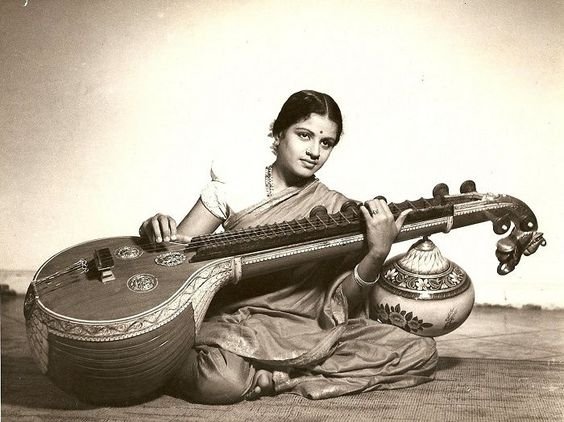
CURRENT SCENARIO
The current scenario of the Veena in India is that it is considered as a traditional and classical instrument. It is still played and appreciated by a niche audience. However, it is not as popular as other instruments such as the guitar or the piano, and it is not as widely taught in music schools and academies.

Despite this, there are still many talented Veena players and teachers who are keeping the tradition alive and promoting the instrument to a new generation of musicians. Many music schools and academies across India offer Veena classes, and there are also many music festivals and competitions that feature Veena performances.
In addition, many musicians are experimenting with the Veena and incorporating it into different genres of music, such as fusion and film music, to make it more accessible to a wider audience.
In recent years, there is a growing interest in Veena among the younger generation. This is largely due to the efforts of various organizations and individuals who are promoting Indian classical music and the Veena through workshops, performances, and other initiatives. The use of technology such as the internet and social media has also helped to raise awareness and interest in Veena among a wider audience.
Overall, the current scenario of the Veena in India is that it is a traditional and classical instrument that is still played and appreciated by a niche audience, but efforts are being made to promote and make it more accessible to a wider audience.
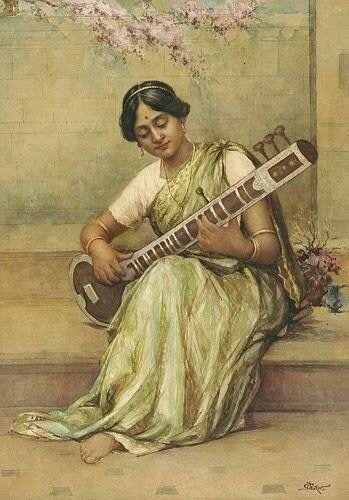
CONCLUSION
In conclusion, the Veena is a traditional and classical Indian instrument that has a rich history and cultural significance. It is still played and appreciated by a niche audience, but efforts are being made to promote and make it more accessible to a wider audience. The Veena is not as popular as other instruments such as the guitar or piano, but it still has a dedicated following of musicians, teachers, and enthusiasts who are keeping the tradition alive. With the growing interest among the younger generation and the use of technology, the future of Veena looks promising.

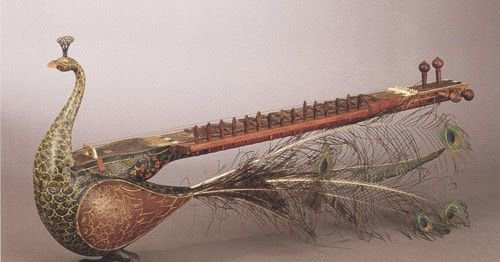



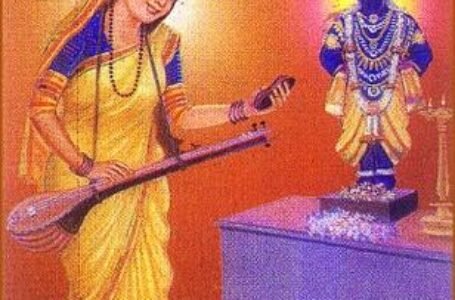
1 Comment
[…] Rudra Veena is a traditional Indian musical instrument that has been in existence for centuries. It is also known as the “Indian Sarod” and is […]
Comments are closed.